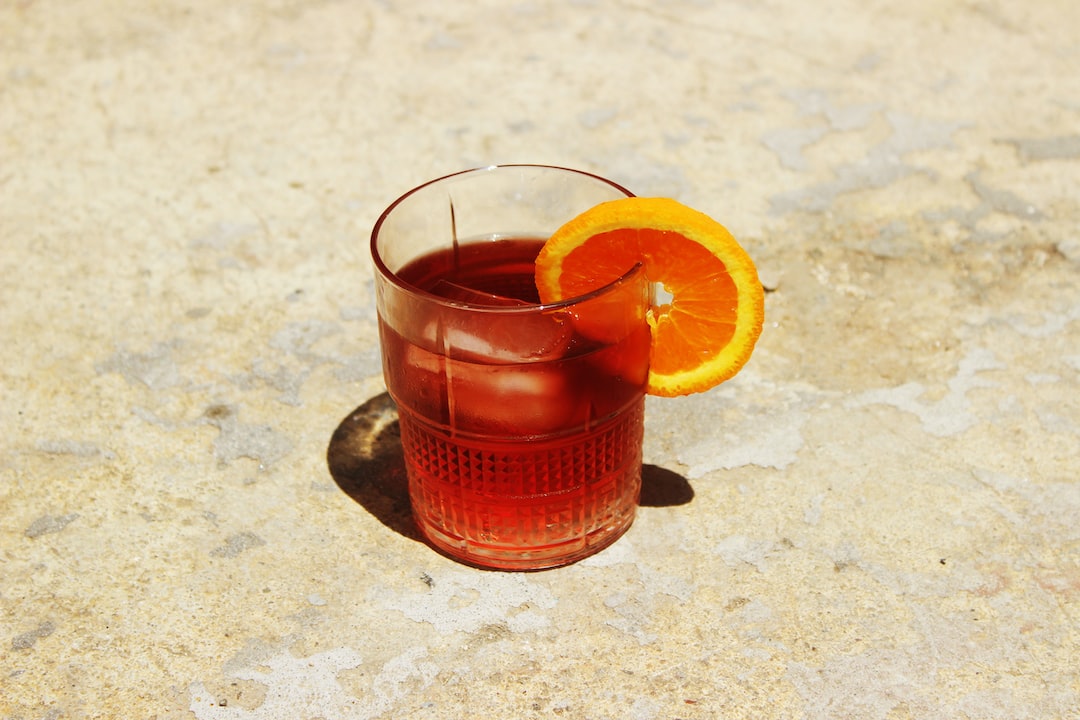The Art of Pairing Food and Wine: A Beginner’s Guide
There is an undeniable connection between food and wine, as they both enhance and complement each other’s flavors. However, understanding how to pair food and wine can be quite daunting, especially for beginners. With so many varieties of wine and countless dishes to choose from, where do you even begin?
Fear not, as this beginner’s guide to the art of pairing food and wine will provide you with some essential tips and guidelines to make your culinary experience truly memorable.
1. Match the Intensity: A general rule of thumb is to pair foods and wines with similar levels of intensity. For instance, a light-bodied white wine, such as a Sauvignon Blanc, goes well with delicate dishes like seafood or salads. Meanwhile, full-bodied red wines, such as a Cabernet Sauvignon, pair excellently with heartier dishes like red meats or pasta.
2. Balance Acidity: If you have a dish with high acidity, it’s best to pair it with a wine that can match or offset the acidity level. For example, a tomato-based pasta can be balanced with a moderately acidic red wine like Chianti. On the other hand, if you have a creamy or fatty dish, a wine with higher acidity, like a Chardonnay, can cut through the richness and cleanse your palate.
3. Complement Flavors: Seek out complementary flavors when pairing food and wine. For instance, a fruity and slightly spicy Syrah can complement the flavors of a grilled steak or lamb. Likewise, a buttery Chardonnay can enhance the flavors of a rich and creamy pasta dish. Look for commonalities in flavors and textures to create a harmonious pairing.
4. Consider the Sauce: In many dishes, the sauce can be a determining factor for wine pairing. For dishes with a white wine sauce, like a seafood linguine, opt for a dry white wine like a Riesling or a Pinot Grigio. If you have a red wine-based sauce, such as a ragu, select a red wine that can stand up to the bold flavors, like a Merlot or a Sangiovese.
5. Think Regional: Wine and food from the same region often pair well together. For example, if you’re enjoying a classic Italian dish like spaghetti carbonara, try pairing it with an Italian wine such as a Barolo or a Brunello di Montalcino. Exploring regional pairings can provide you with a taste of the culture and traditions from the places the food and wine originate.
6. Experiment and Trust Your Palate: While guidelines can be helpful, don’t be afraid to experiment and trust your own taste preferences. Everyone’s palate is unique, and what works for one person may not work for another. Take note of what you enjoy and what you don’t, and use that knowledge to refine your pairing skills.
7. Seek Expert Advice: If you’re still uncertain about wine pairing, don’t hesitate to seek advice from experts. Winemakers, sommeliers, and knowledgeable staff at wine stores or restaurants can provide valuable insights and recommendations based on their expertise. They can guide you towards the perfect pairing that suits your preferences and the specific dish you’re preparing.
Remember, the art of pairing food and wine is subjective and can vary depending on personal preferences. The most important thing is to have fun and enjoy the experience. So grab a bottle of wine, get adventurous with your culinary skills, and savor the delightful flavors that result from a well-paired meal. Cheers!

